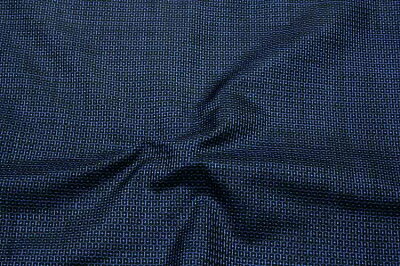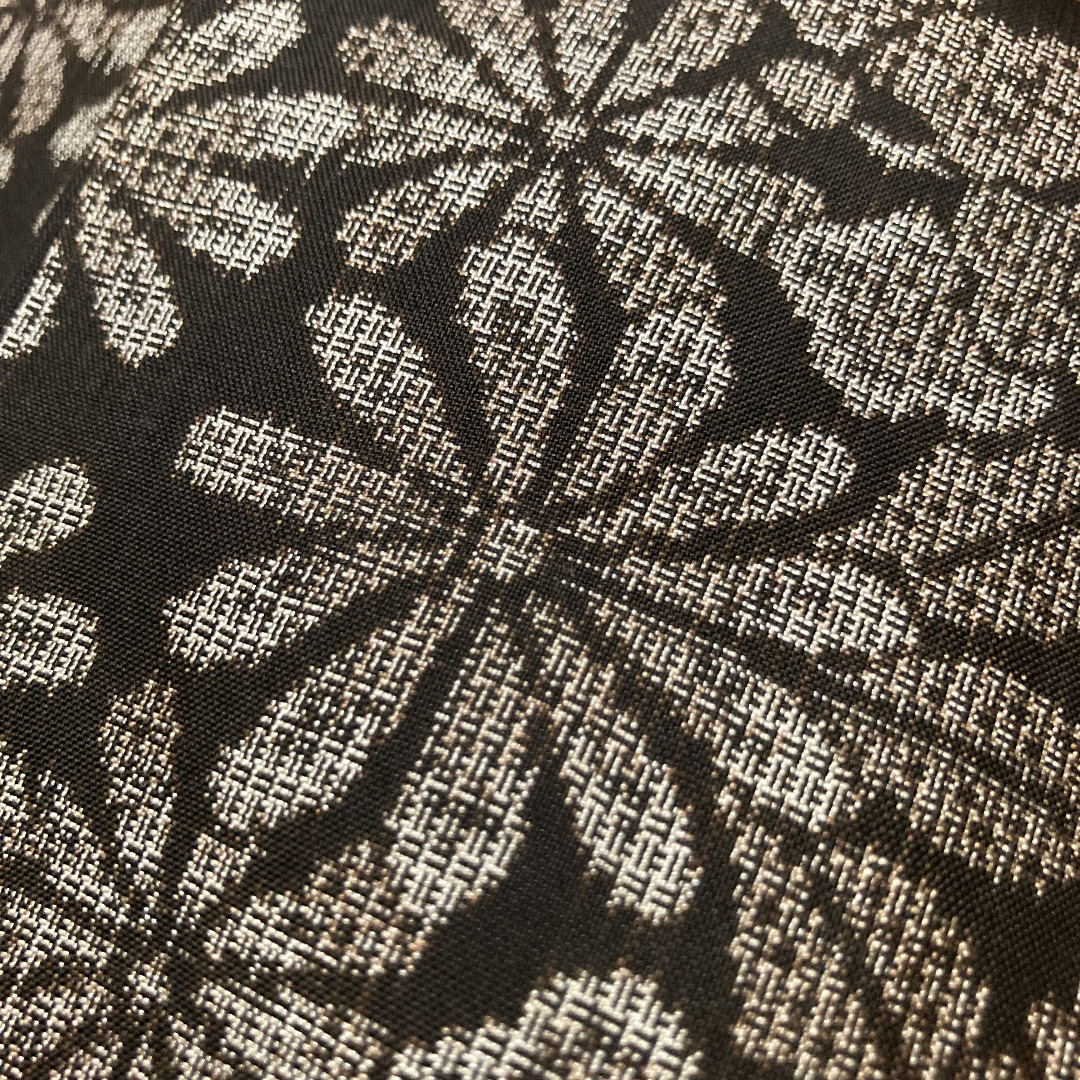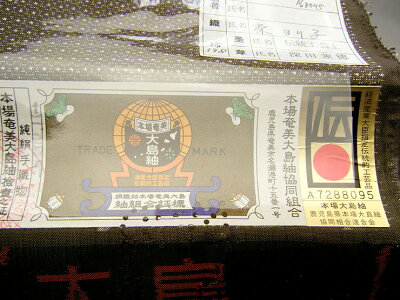Oshima tsumugi is a silk kimono which is made in Kagoshima prefecture and Amami Oshima.
The uniqueness of Oshima tsumugi is elaborate splashed patterns and mud dyeing.
It’s one of the greatest weaving.
Also known as world’s top fabric along with Gobelins weave tapestry and Persian carpet.
The techniques of craftsman makes tsumugi more gloss and light touch.
It is so comfortable to wear and also very popular for men.
These traditional crafts are so expensive but it can be used for across several generations.
Robustness of mud dyeing makes cloth more and more strong.
This time, I’ll show you more details about Oshima tsumugi.
Contents
The History of Oshima tsumugi
Tsumugi was weaved in Amami Oshima Island more than 1300 years ago.
During the Edo period, it was a special gift for Satsuma feudal clan.
In the Meiji period, it started to appear on the market for public.
In 1878, mud dyeing techniques started to make.
What is the specialty of tsumugi?
It is big fushi(spun) .
Back then, people made kimono by using big fushi spun.
These days it became raw silk kimono.
Only name remains of its history.
Now, center of production of Oshima is Amami Oshima Island, Kagoshima City and Miyakonojo City.
All about techniques and dyeing
Oshima tsumugi is made of raw silk and not floss silk like Yuki tsumugi.
In the later of Meiji period, patterns are getting more elaborated by using Simebata(tightening machine).
Cloth is made by using cotton yarns and it prevent to dye silk yarns.
Next technique is dye. Sharinbai tree dyes silk yarns.
Then dye yarns 20 times by boiled dyeing broth and rubs them bare hands in the mud of rice field.
Craftsman repeats these processes and yarns become glossy black and dark blown because of fusion of sharinbai and tannin’s iron.
If you add indigo, it makes mud indigo color.
After every processes, splashed pattern are born and weaves so beautifully.
About patterns
Making elaborated patterns by Shimeata is called Orijime.
Simple patterns are like cross and tortoise shell and more.
Traditional patterns are cycas revoluta, plants, flowers, scales of hub and eyes of fish.
Representative of modern era patterns are in the juxtaposition or entire cloth.
For men, tortoise shell and cross patterns are very popular.
Antique Oshima tsumugi is mainly weaved two patterns; Tatsugou(leaves and snake’s skin )patterns and Akinabara(bamboo baskets)patterns.
Tatsugou pattern has red, blue and white colors and it is said that younger women likes bigger patterns and older women likes tiny patterns.
Akinabara patterns is Kasuri splash which means bamboo baskets.
Details of kasuri splash and yarns
White part of kasuri splash yarn has two types which are Katasu and Hitomoto.
The way to discriminate is katasu seems like alphabet T. It is made of weft yarn and warp thread yarn.
The other type seems plus mark like +. Weft yarn and warp thread yarn slipped out of place.
Hitomoto type is used twice the amount of katasu type.
These days, amount of production decreases.
1,240 of warp yarns represent Maruki unit. The more it increase, the more patterns become in details.
Hitomoto type uses lots of yarns so it’s really expensive.
The way to count is unit of 80 kasuri yarns, so Maruki is divided by 80.
4.6 pieces of kasuri in the 1 cm is called 5 maruki, 5~5.7 pieces is 7maruki and 7~7.6 pieces is 9 maruki.
We can see 5 or 7 maruki but 9 maruki is so rare.
12 and 15 maruki is highest grade.
Another type is Warikomi and it seems alphabetic I and E.
Warikomi way is the most difficult techniques so it’s also rare.
Types of Oshima tsumugi
Oshima is dyed in the mud but there are many of types.
Mud and indigo dyed yarns : Doroai Oshima.
White mud (which is also used for Satsuma porcelain) made Shiro Oshima.
Dyed of plant is called Kusakisome Oshima.
Chemically dyed Iro Oshima.
Weaved by machine and not using warp yarns is called Shima Oshima.
Very lean and summer kimono Natsu Oshima.
Only weaved weft yarns is called Yokoso Oshima.
The way to distinguish certificate stamp
There is certificate stamp which shows producing center and techniques.
The center of stamps has two types.
Earth mark which is made in Amami Oshima. Island.
National flag printed stamps is made in Kagoshima city.
The other stamps are cranes which is made in Miyakonojo City in Miyazaki prefecture and Fujikinu original brand is called Tokiemon.
Left part of stamp shows mud or plant dyeing.
If roll of cloth is examined the test, it can be proved.
Plus, it has traditional crafts mark.
Hand maid roll of cloth has crafts mark of Kagoshima Oshima Tsumugi Association mark.
Machine made roll of cloth has traditional crafts mark and other marks.
Recent Oshima Tsumugi
Oshima tsumugi is very expensive and it considered as daily use.
These days, we can see formal Houmongi and Furisode.
Plus, accessories like bags and crafts are made and kimono lovers makes dress and shop curtain.
Summary
Oshima tsumugi is iconic fabric of Japan.
Beginners and advanced people love Oshima Tsumugi.
Let’s try amazing coordinate with Obi and accessories;).



















